We may earn money or products from the companies mentioned in this post. This means if you click on the link and purchase the item, I will receive a small commission at no extra cost to you ... you're just helping re-supply our family's travel fund.
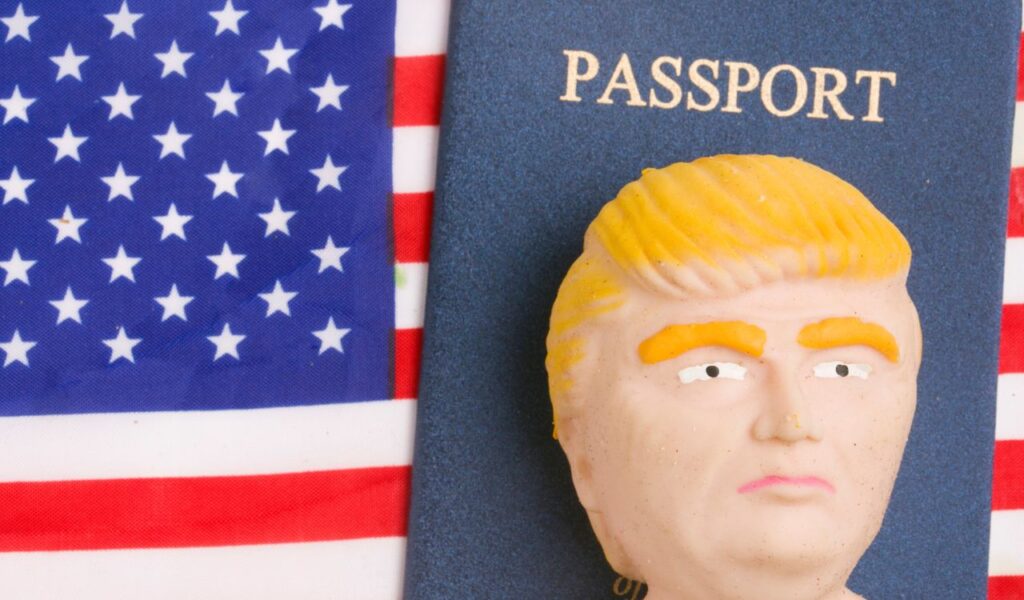
Announced June 4 and effective June 9, 2025, the latest policy fully suspends entry for nationals of twelve countries, while seven others face partial limits; exemptions apply for lawful permanent residents, some dual nationals, and holders of valid visas. This gallery focuses on the fully suspended group and spotlights signature travel highlights, from UNESCO sites to biodiversity strongholds, to match reader curiosity with clear policy context.
Iran
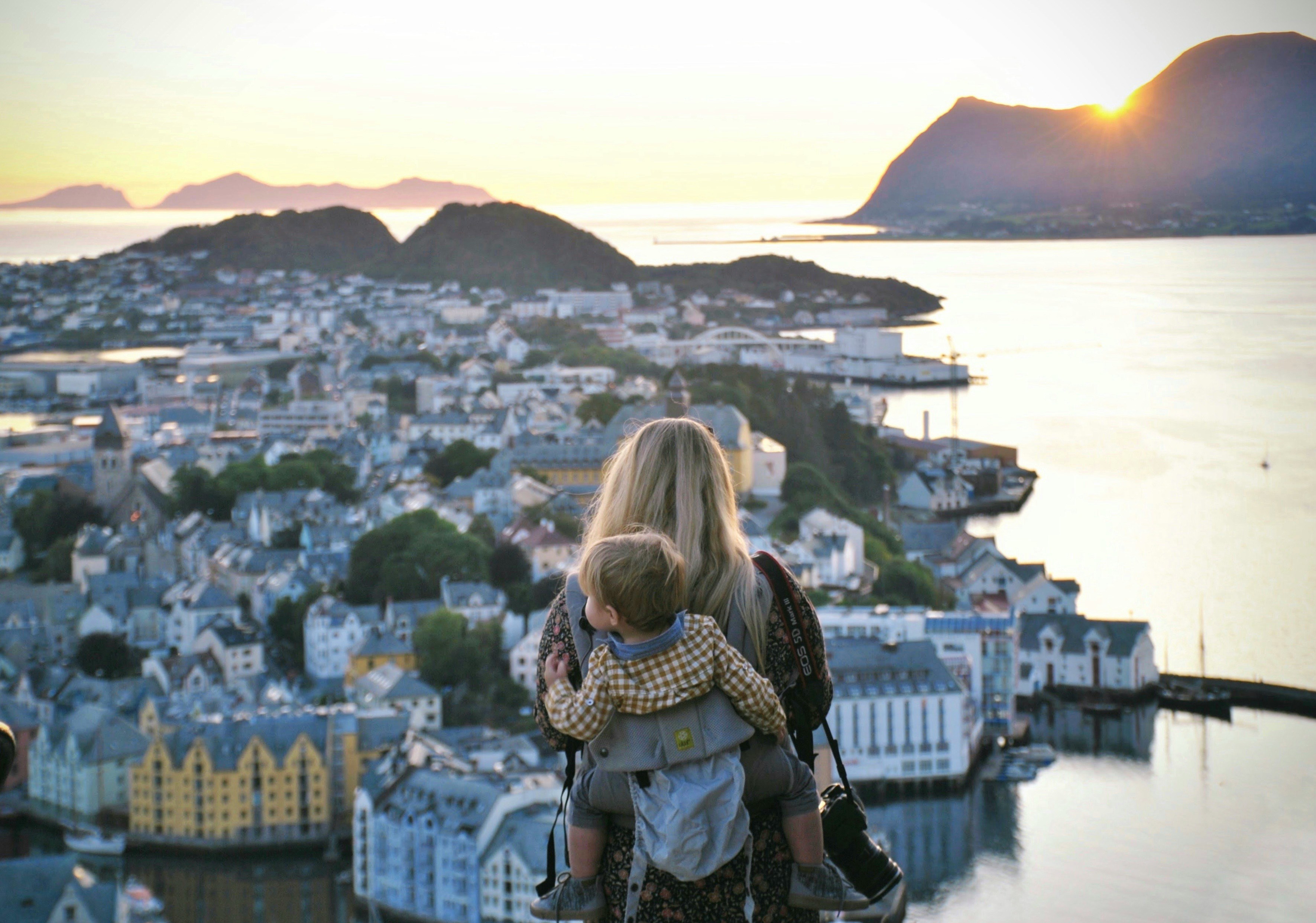
From the Achaemenid capital at Persepolis to Isfahan’s Naqsh-e Jahan Square, Iran’s landmarks reflect layers of empire, artistry, and urban design. Many visitors pair Tehran’s museums with Shiraz’s gardens to trace centuries of Persian culture in one route. The full suspension targets security screening and information sharing gaps, even as these UNESCO-listed sites stand at the heart of global heritage and ongoing academic interest.
Yemen
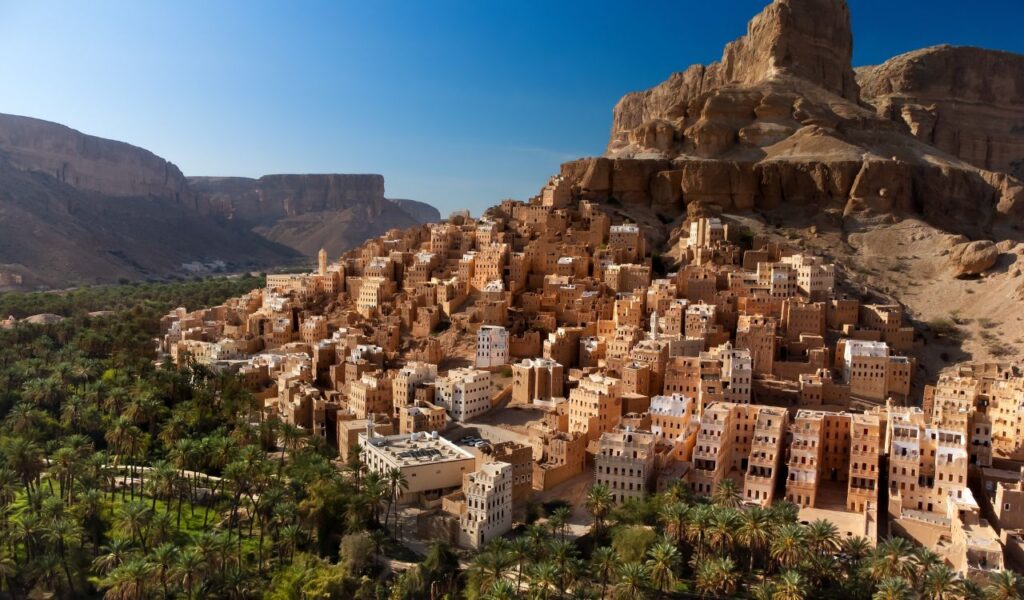
Shibam’s mud-brick skyline, often called the Manhattan of the Desert, reimagines vertical cities long before steel. Offshore, Socotra shelters dragon’s blood trees and a high rate of endemism that fascinates naturalists. The full suspension reflects concerns over governance and document reliability. Despite restricted access, Yemen’s blend of incense-route history and singular island ecology remains a draw for scholars and conservationists.
Libya
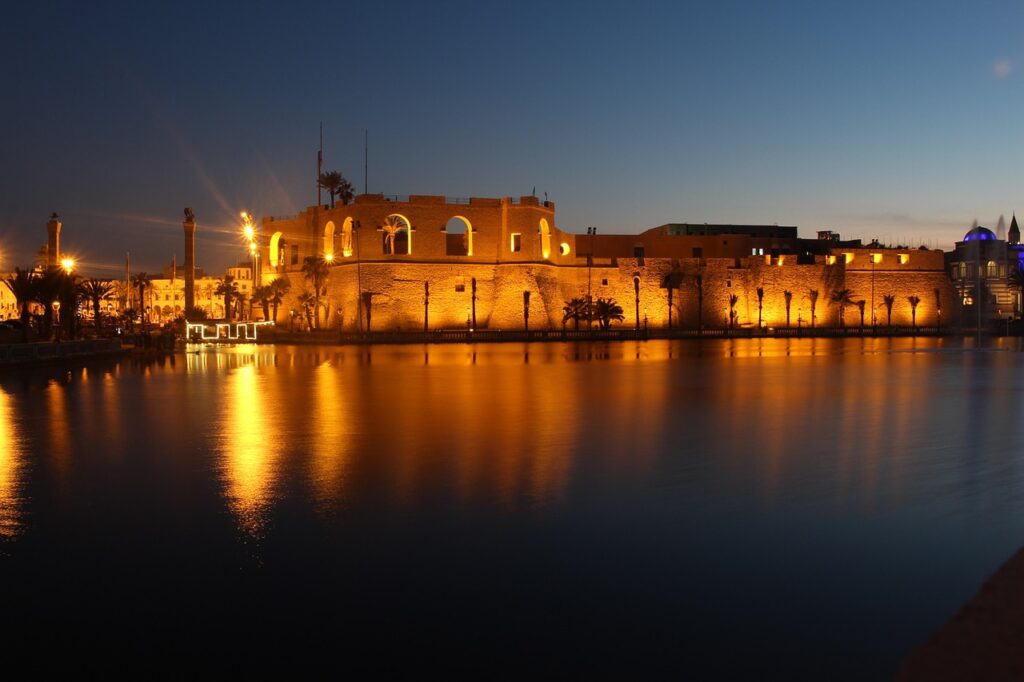
Leptis Magna and Cyrene preserve extraordinary Roman forums, basilicas, and theaters along a bright Mediterranean shore. These cities once anchored itineraries across North Africa’s classical corridor. The full suspension cites identity management and security concerns. Archaeologists frequently note that Leptis Magna ranks among the best preserved Roman cities, underscoring a heritage value that endures beyond current travel constraints.
Sudan
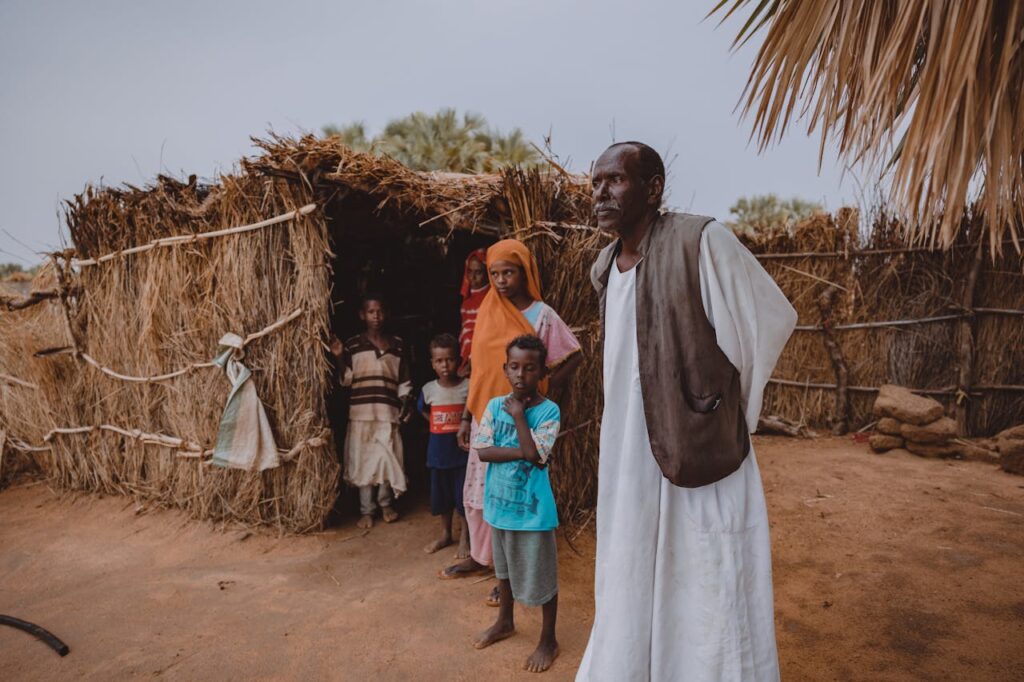
At Meroë, steep-sided pyramids testify to Nubian power along the Nile, where dune fields meet river cataracts and ancient trade flowed. Khartoum’s position at the confluence of the Blue and White Nile shaped cultural exchange. The full suspension is tied to vetting and cooperation deficits. The Archaeological Sites of the Island of Meroe are UNESCO listed, sustaining scholarly and conservation attention amid instability.
Somalia
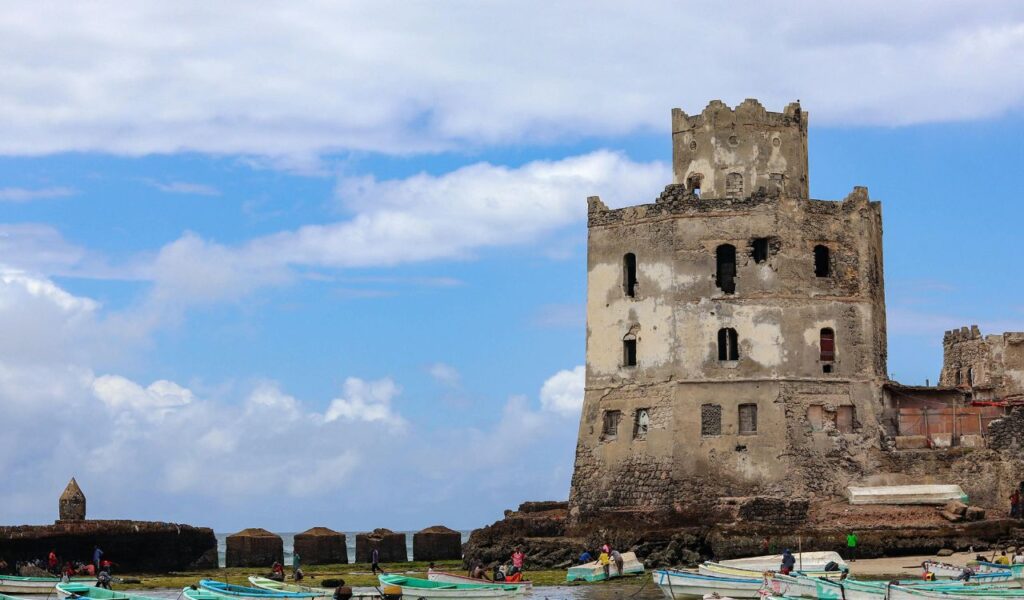
Somalia’s Indian Ocean ports reflect centuries of trade linking East Africa with Arabia and South Asia, shaping maritime traditions, poetry, and craft. Monsoon cycles once synchronized commerce along these coasts. The full suspension addresses security and documentation risks. Even with limited access, historians and cultural researchers continue to study the Horn’s role in navigation, exchange networks, and linguistic diffusion.
Afghanistan
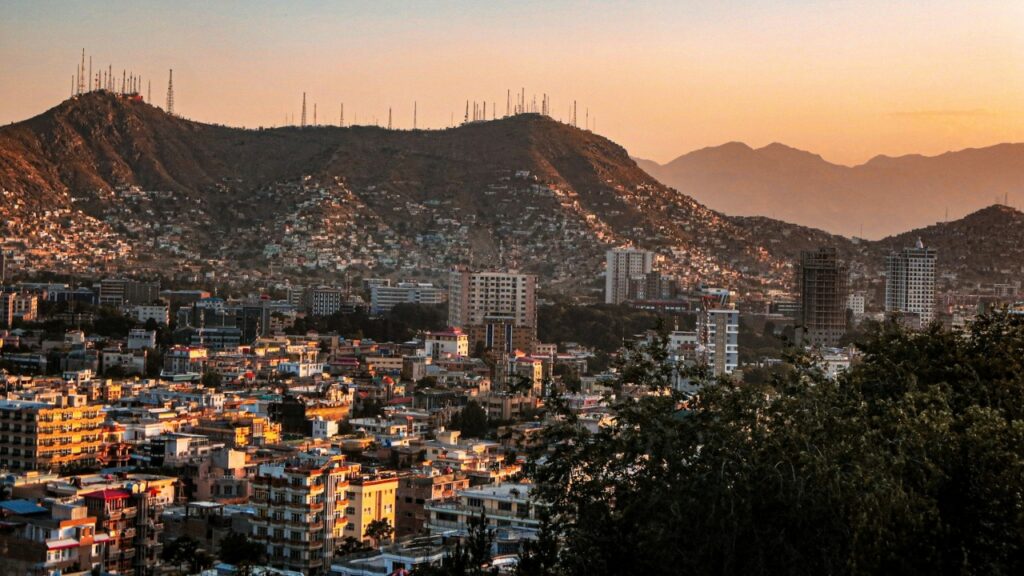
The Bamiyan Valley’s cliffscapes and Band-e Amir’s sapphire lakes frame the Hindu Kush at its most dramatic, while Silk Road legacies thread through crafts and caravan lore. Access has long fluctuated with security conditions. The full suspension is framed as a response to vetting and governance constraints. Despite this, Afghanistan’s highland scenery and crossroads history remain central to regional heritage narratives.
Myanmar (Burma)
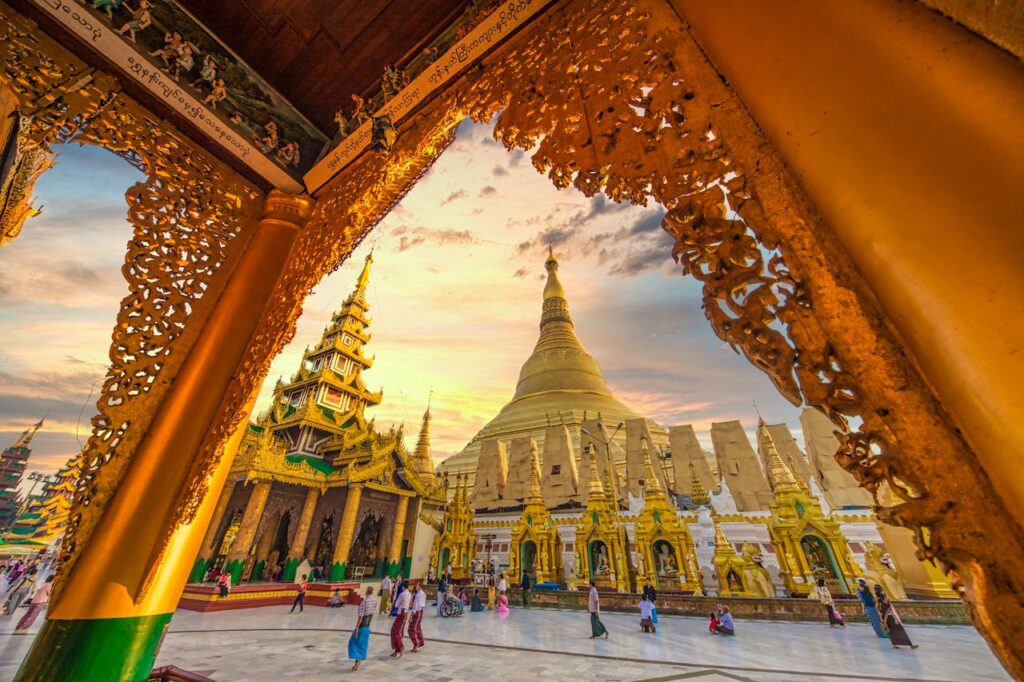
Bagan’s plains, dotted with thousands of temples, and Inle Lake’s stilt villages reveal Theravada heritage and lacustrine lifeways. Lacquerware and lotus weaving reflect enduring artisanal economies. The full suspension connects to concerns over documentation integrity and security after political upheaval. For travelers, these cultural landscapes have anchored classic routes that combine archaeology, craft, and river scenery.
Eritrea
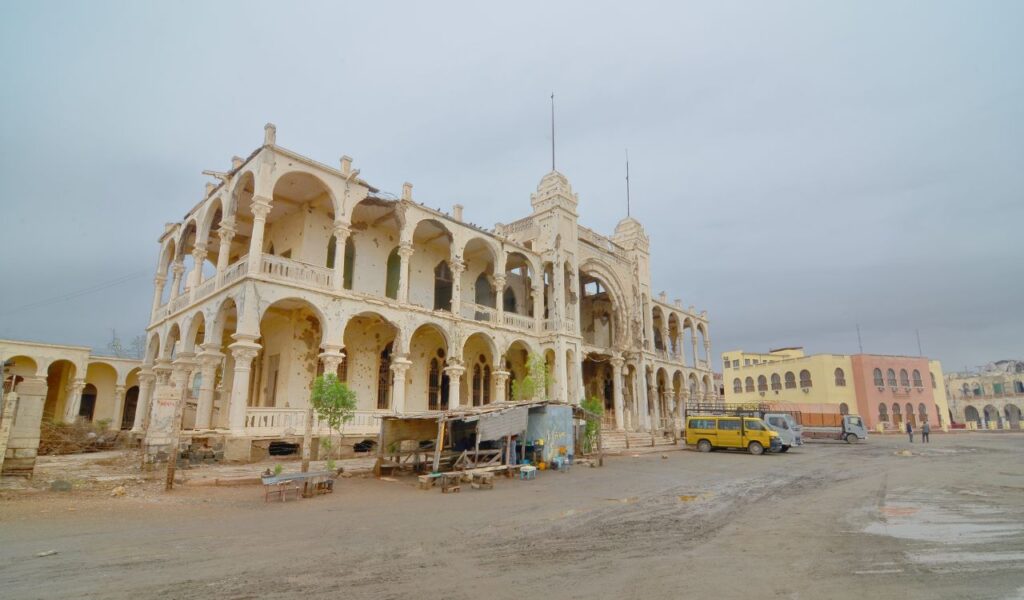
Asmara’s modernist streetscape of cinemas, cafes, and streamline moderne service stations forms a rare intact urban design archive. Highlands that tumble toward the Red Sea add striking geographic contrast. The full suspension underscores issues with information sharing and identity assurance. Architectural historians point to Asmara’s early twentieth century fabric as a singular window into modernist city-building in Africa.
Chad
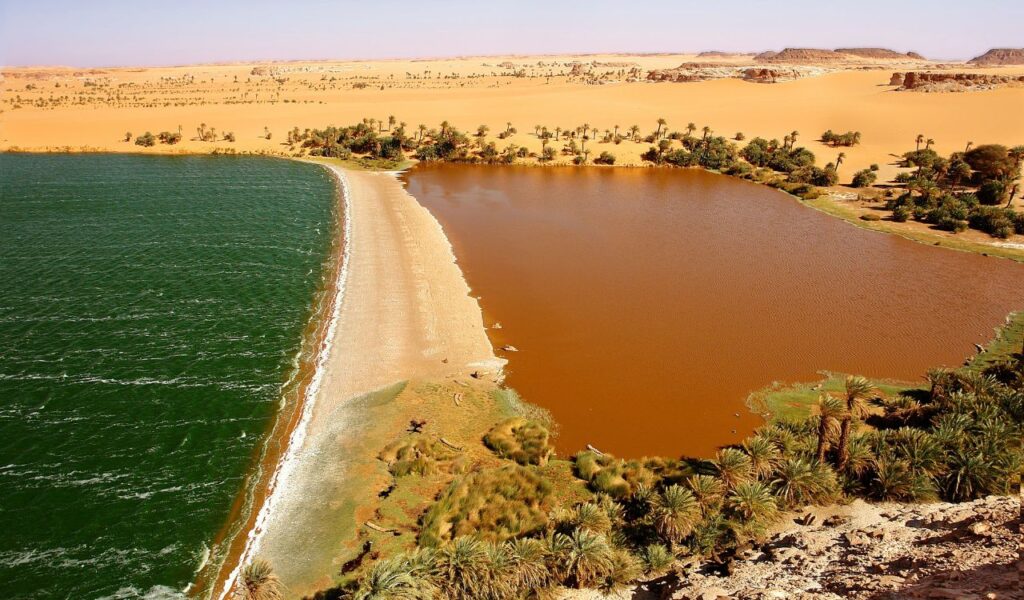
Zakouma National Park offers a Sahel conservation turnaround, with elephant numbers rebounding and migratory birds massing over open savannas. Beyond the park, desert basins and lake margins showcase the Sahara’s ecological variety. The full suspension stems from vetting and cooperation gaps. Conservationists often highlight Zakouma as proof that targeted protection and community partnership can restore wildlife populations.
Republic of the Congo
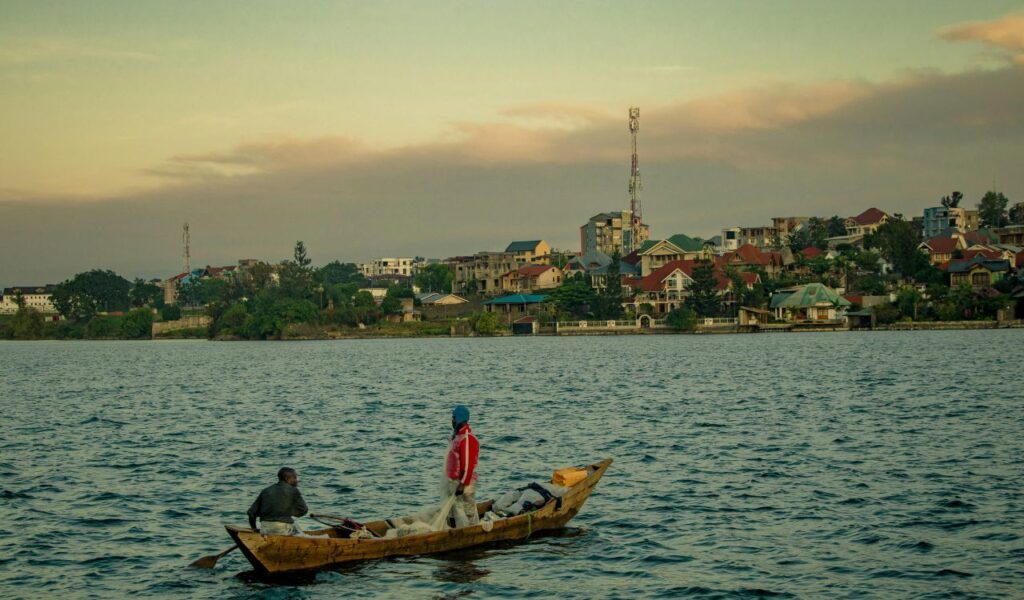
In Odzala-Kokoua, bai clearings and swamp forests enable close observation of western lowland gorillas and forest elephants. The park’s research underpins Central African biodiversity science and climate studies. The full suspension cites screening and documentation standards. The Congo Basin’s role in carbon storage gives these forests global importance, reinforcing the value of long-term conservation and field research.
Equatorial Guinea
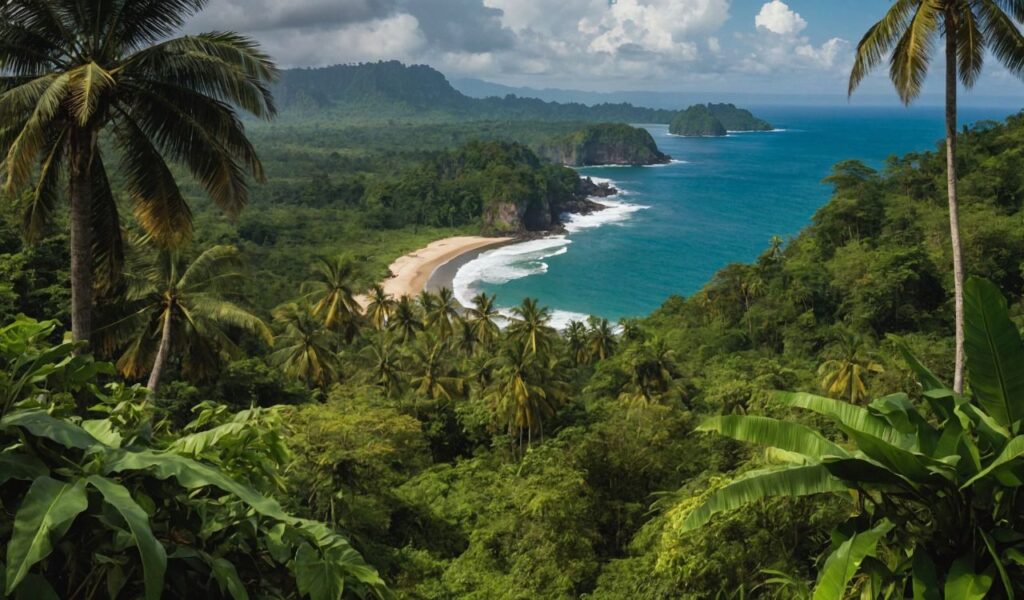
Bioko Island pairs volcanic beaches with seasonal sea turtle nesting and rainforest slopes that rise to cloud-laced peaks. Malabo’s colonial vestiges nod to layered Atlantic histories. The full suspension reflects concerns over border controls and identity verification. Scientists prize Bioko’s endemic species and coastal rookeries, while travelers once combined the island’s wild coasts and mountain trails in compact itineraries.
Haiti
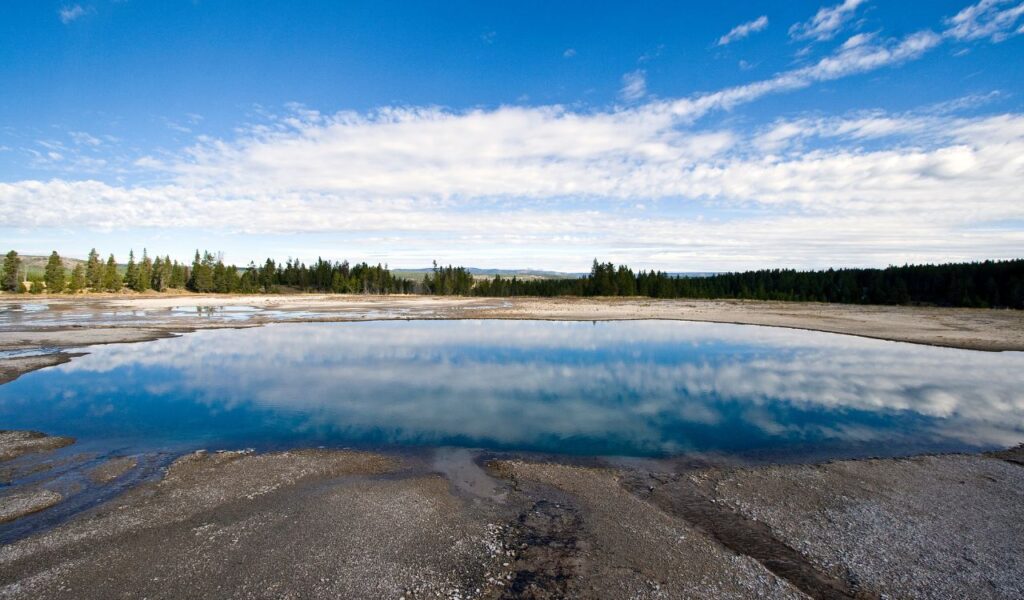
The Citadelle Laferrière and the UNESCO-listed National History Park commemorate the world’s first Black republic born from a successful slave revolt. Ironwork, painting, and rara music animate cultural life. The full suspension relies on vetting and cooperation criteria. Heritage advocates emphasize Haiti’s singular place in Atlantic history, where revolutionary memory and contemporary creativity continue to shape national identity.